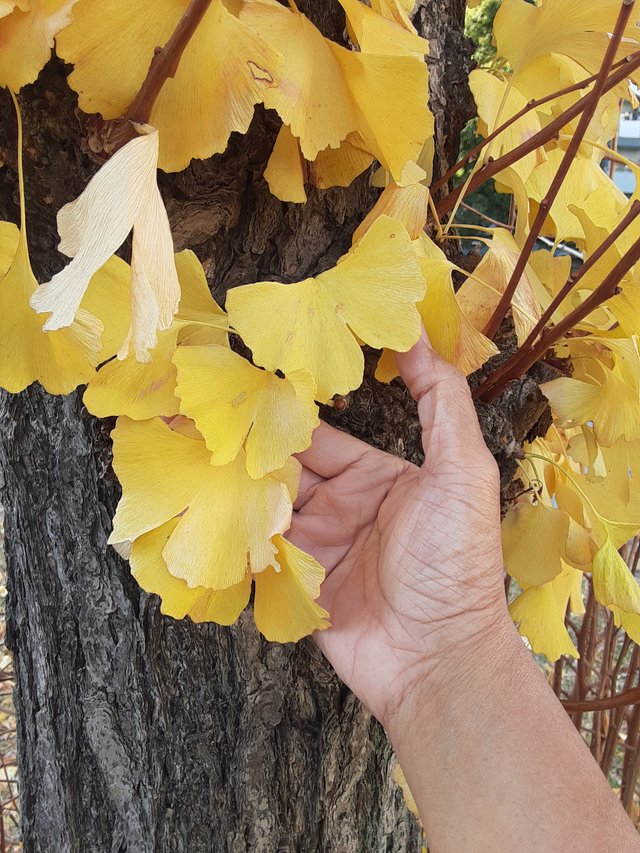
The Ginkgo biloba, also known as the maidenhair tree, is a truly unique and fascinating plant. It is a living fossil, with a lineage dating back over 270 million years, making it one of the oldest living tree species on Earth. But it's not just its age that makes it remarkable; the Ginkgo's autumn foliage is a sight to behold.
Here's what makes Ginkgo biloba leaves so special in autumn:
- Brilliant Color Change: In early autumn, the leaves transform from a vibrant green to a stunning golden yellow. The color is pure and luminous, almost glowing in the sunlight.
- Unique Leaf Shape: The leaves are fan-shaped, resembling a maidenhair fern, hence the tree's common name. This distinctive shape adds to the beauty of their autumn display.
- Sudden Transition: Unlike other trees whose leaves gradually change color over several weeks, the Ginkgo's transformation can be quite dramatic. Often, the leaves will turn almost overnight, creating a mesmerizing spectacle.
- Golden Carpet: As the leaves fall, they create a golden carpet beneath the tree, adding to the autumnal atmosphere.
- Long-lasting Color: The fallen leaves retain their vibrant color for several weeks, making them a welcome addition to any fall landscape.
In addition to their visual appeal, Ginkgo biloba leaves also have symbolic meaning. In China, they are considered a symbol of longevity and resilience, making them a popular gift during the autumn season.
Overall, the Ginkgo biloba is a true marvel of the plant world. Its stunning autumn foliage, combined with its ancient lineage and symbolic significance, makes it a truly special tree to witness.
Ref.:
 |  |
Upvoted! Thank you for supporting witness @jswit.
Downvoting a post can decrease pending rewards and make it less visible. Common reasons:
Submit